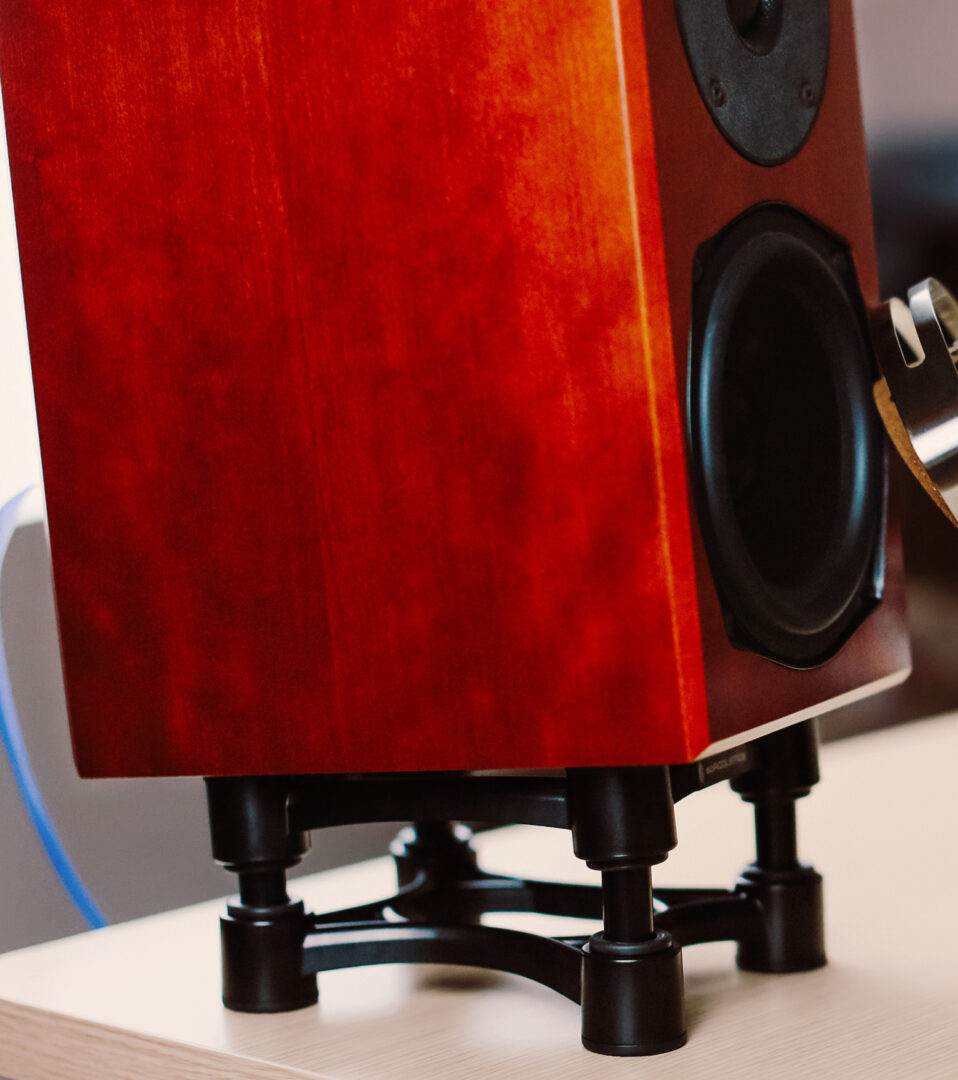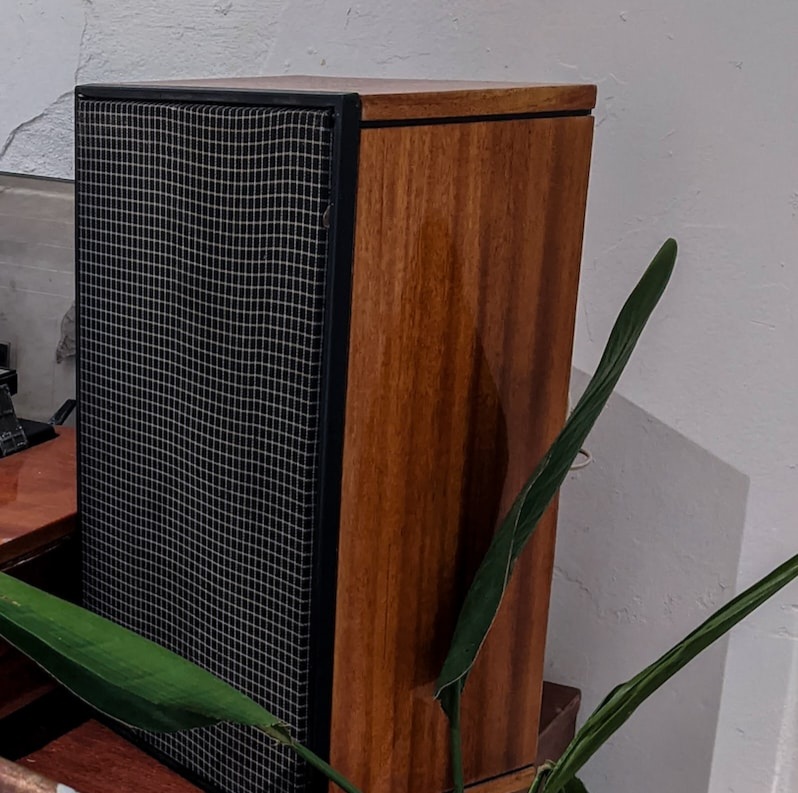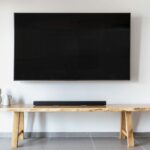Old Speakers Vs New Speakers (Which Is Better?)
Old Speakers Vs New Speakers (Which Is Better?)

There are many differences between older speakers & newer speakers which includes that particular speaker’s sound signature, the build quality, its size, and simply the way it looks. Though vintage speakers tend to have a warmer sound and are larger, newer speakers tend to play higher frequency sounds more efficiently. Both have their own unique advantages making it subjective.
Now we all enjoy home theater because of the sheer level of excitement and entertainment it brings to our favorite movies, games, and TV shows.
If you’ve been in the hobby for a while, then chances are you’ve seen the many different ways technology has advanced when it comes to audio and video.
But here’s something you might have wondered at some point; are newer speakers the same as their older counterparts, or is there an actual fundamental difference between them?
Let’s find out!
What Exactly Is An Old Speaker?

So what makes this tricky is we first have to define what an old speaker actually is.
By definition, calling something an older speaker is almost subjective since everyone’s definition of old is relative.
Something from 5 years ago might be new to one person, but oudated to another.
Some have been in the world of audio longer than others and will varying opinions on what counts as older.
That being said, there are different periods of time where a certain manufacturing process might have changed or a new material might have been introduced so for the sake of comparison, that’s what we’ll be referring to since old is almost an arbitrary term.
The very first speaker for reference was created 1874 and was actually meant to assist with the function of the telegraph funnily enough.
But from there Alexander Graham Bell and Thomas Edison would further iterate on it for additional purposes that would cause it to evolve into what it has today.
Are There Any Physical Differences Between Older & Newer Speakers?
While some speakers are still pretty similar in construction to how they use to be, others have very notable physical differences.
Materials In Drivers & Tweeters
One of the main differentiators between the 2 is a difference in the materials that the drivers and tweeters might be made of.
Some earlier speakers for example would use everything from metal to leather in their drivers, and as manufacturing processes and the understanding of audio reproduction improved, so did parts of the speaker itself.
Though with that said, there could be some level of subjectivity there too because I’ve personally heard older speakers from many years ago with older built drivers that still sounded incredible so it really depends at the end of the day.
Even though some materials like paper and plastic can sometimes be used today in some speakers, different blend and signature materials have become the more commonplace design choice from what I’ve noticed.
Build Quality & Construction
Another huge difference between the 2 is the build quality.
Older speakers didn’t have the precision in the manufacturing process that speakers nowadays have, and so build quality could really be all over the place.
Some older speakers were designed so well that they still outperform a good portion of speakers from even today; while others were made from lesser materials which meant they didn’t last very long.
There was a wide variance in the durability of these speakers, even more so than today.
Like I talked about previously, the materials used are directly related with how long speakers last, and the better the material, the longer the speaker will last.
Something to consider too is that older speakers may sometimes require more power than newer ones due to the numerous advancements made in the audio world that older speakers may have not had access to.
Due to the denser wood too that their cabinets are sometimes made of, some may have a warmer, more powerful tone which some may prefer.
Some may also just like the way a vintage speaker looks, especially if they happen to have an affinity towards audio pieces from a certain time period.
Tweeters were also made of more rigid materials which made them stiffer, and so had less dynamism comparatively.
Overall Design Of The Speaker & Its Size
Speaking of the way a speaker looks actually, another pretty big difference between older and newer speakers is their size.
Since commercial usage of speakers is somewhat of a newer thing, older speakers were often times much bigger than more modern ones.
They were typically used for other applications like studio mixing and concerts, and as home theater started to become more popular, the average size of speakers themselves shrunk.
Though larger speakers still exist too, and can work well if given adequate space.
Why Do Old Speakers Sometimes Sound Better?

If audio technology has made numerous advancements over the years though, then why do older speakers sometimes sound better?
Good question, and it’s one that even I ponder occasionally since I definitely have noticed this before.
I think one aspect of this has to do with how some were built.
Since a lot of vintage speakers were larger in density and overall cabinet size, and being that it was harder for some to get to a particular volume level, it may have given the sound a kind of warmer tone at higher levels that some may prefer (but that’s just speculation)
Plus this was a time where a lot of speakers were still being handcrafted so a lot of passion went into creating a lot of these speakers.
Then it’s also possible it could be from speaker burn in from their literal years of time.
Do speakers actually get better over time though?
That’s something I’m not sure of since that’s been a debate in audio for as long as I remember.
Some people adamantly feel speakers get better the more they’re played, while others feel they play to their full capabilities right out of the box.
Personally I’m not entirely sure because with the many speakers that I’ve had and tested over the years, I’ve kind of noticed both honestly.
Are Vintage Speakers Better Than Newer Speakers?
But are vintage speakers actually better than newer speakers?
I’ll say it really honestly depends.
There’s so many variables when it comes to sound that’s it’s difficult to say one way or another.
Older speakers sometimes sound warmer which some people may like, but then there’s other times where modern speakers have better control in the higher frequency ranges with more detail due to more advanced tweeters and things like that.
Then that’s not even accounting for the fact that modern speakers can also be weather resistant and or portable.
All in all, it really depends on the speaker.
Some modern speakers like the Polk Signature Elite ES10 & Klipsch R51PM are absolutely fantastic, while there’s vintage speakers from the 80s that also sound downright amazing.
Then that’s not even factoring in the various ways to make your older speakers sound better and you begin to realize it really boils down to personal preference and the speaker at the end of the day.
There’s no one size fits all since everyone may like a different type of speaker — though now with knowing all of this, hopefully it gives you an insight as to why someone might prefer one over the other.
Final Thoughts
Well that about wraps it up for this one. In summation both modern and vintage speakers have their applicability, making it really down to individual preference as to which is better.
Unless the speaker is falling apart or isn’t working, it’s really going to be about the particular speaker — not whether it’s vintage or not.
Both can work great in a home theater system.
Hopefully that provides some clarity since I know firsthand how complex audio can be sometimes.
Until next time though.
Make it easy, keep it simple!
About Me

Jay
Hey everyone it’s nice to meet you. I'm Jay, writer & founder of the site Easy Home Theater. I've been with this hobby of home entertainment for many years now. I decided to create this site to be a helpful resource, and share everything that I've learned from personal experience with you. I also happen to be a huge gamer, lover of all things tech related, and a major fitness buff (love weightlifting)
Contact: Contact Jay
Facebook: https://www.facebook.com/Easyhometheater/
X: https://x.com/easyhometheater
Pinterest: https://www.pinterest.com/easyhometheater/pins/
Instagram: https://www.instagram.com/easyhometheater/
Followit: https://follow.it/easy-home-theater
Bluesky: https://bsky.app/profile/easyhometheater.bsky.social





Leave a Reply